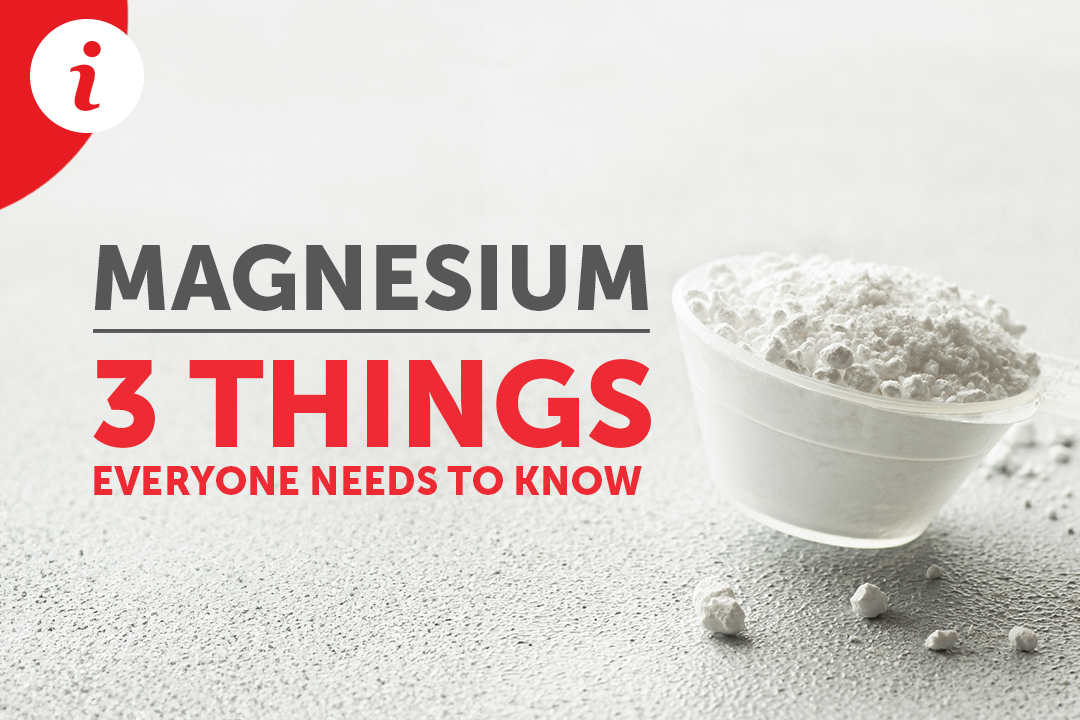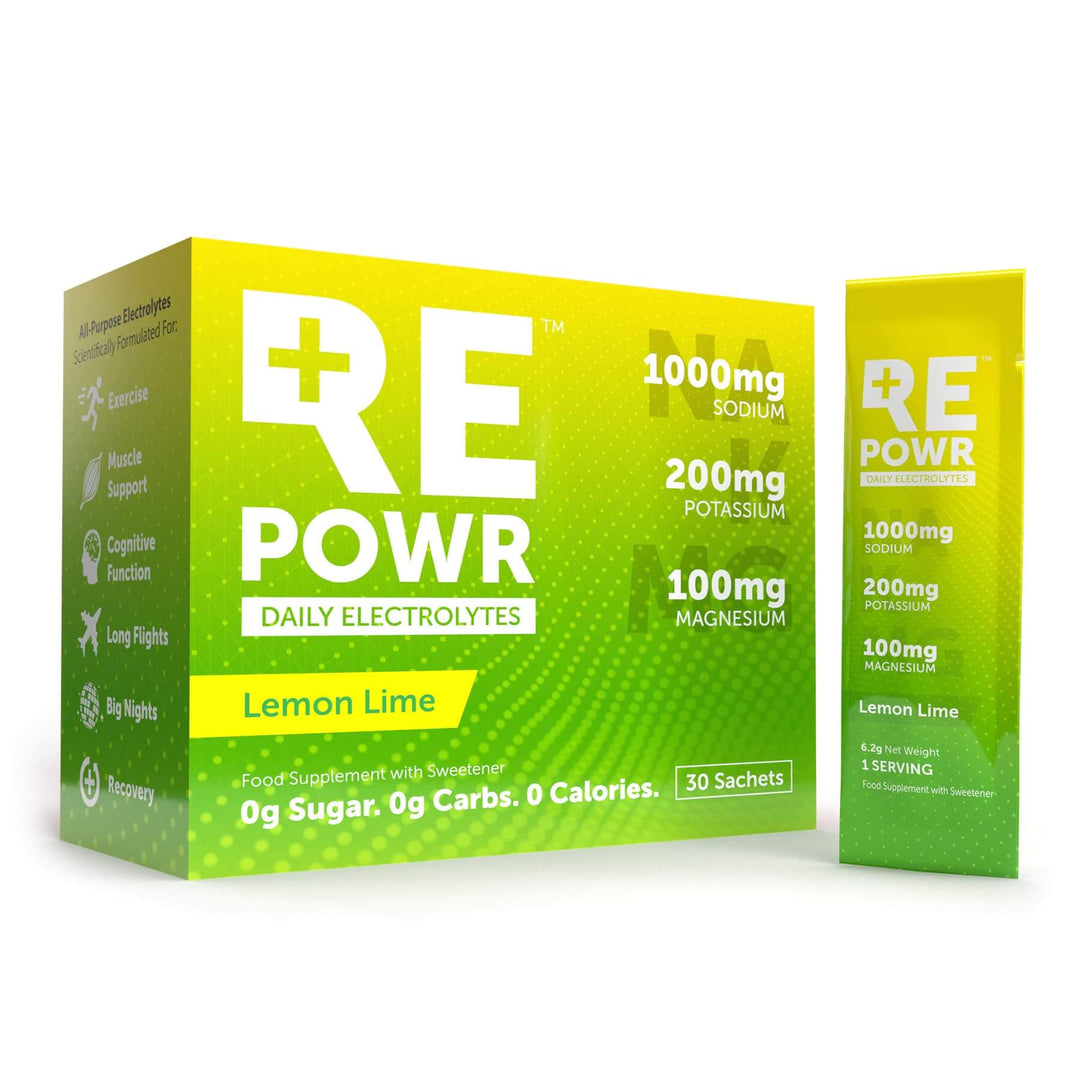Can Electrolytes Reduce Hunger During A Fast?
Marty Kendall and the data
Marty Kendall is doing some of the most groundbreaking work in the world of nutrition. So, who on earth is Marty Kendall?
Marty is an Australian engineer and biohacker whose wife Monica happens to have Type 1 diabetes. Now Marty loves numbers, and it turns out he sees patterns where others don’t. He has used his inordinate mathematical ability, together with the knowledge gained from understanding his wife’s condition, to develop a new, analytical, approach to diet called nutrient optimisation. Marty has built a software tool to help people work out their precise nutrients. It is called Nutrient Optimiser.
Over the past few years, Marty Kendall has helped thousands of people lose weight, get healthy and improve their body composition through a modified approach to fasting called “data driven fasting”. Some are calling it Intermittent Fasting 2.0. Marty uses it alongside nutrient optimisation. As you can see from the photos at the end, Marty has also helped himself and his wife considerably. Although not obvious from the photo, he lost 28kg.
It’s worth noting that many people come to Marty after trying almost everything, having failed to achieve their goals on a sustainable basis. Marty’s research and methods are now acknowledged by experts around the world. He features regularly on podcasts and interviews.
An invaluable side effect of the Nutrient Optimiser software is the data. For the first time in history, there are real-time, accurate data, available at low cost on a large scale - a treasure trove for people with Marty’s analytical ability. Incidentally, data from MyFitnessPal, Cronometer and similar apps are also bound to yield insights in the future.
Just to pause for a moment and reflect on the significance of this. Throughout the history of nutritional science, data on what people eat have been collected through the infamous food questionnaire - the one where people are asked how much fruit they ate in the last year, and where it’s assumed that nothing in their diet ever changes from that original answer. No joke. Unsurprisingly, we have fallible memories, but we also don’t necessarily tell the truth either, when asked to complete a food questionnaire. Short of putting people in a metabolic ward, or in prison, it has been extraordinarily difficult to get accurate information on what people actually eat. Some of the best nutrition studies ever done were done in American prisons during the 1950s – 1970s, because the food could be meticulously controlled and the results closely studied.
From a scientific point of view, the information from Nutrient Optimiser is the equivalent of going from candle light to laser light.
Why is this important?
Because Marty’s analysis shows that the more minerals you get, the less you eat overall. And he has developed a ranking of minerals and their effect on satiety, along with a calculation of the optimum daily amounts people should be aiming for - truly fascinating, groundbreaking stuff, especially for health geeks like ourselves.
Hunger, Satiety and Nutrients
It has long been known that if your body doesn’t get enough nutrients, you will keep eating until you do. Hunger is a powerful hormonal response to ensure we survive, along with thirst and other cravings, such as the yearning for salt. Your hormones drive you to find what you need.
The opposite of hunger is satiety. Satiety is the cut-off switch. Another powerful hormone called leptin, secreted by fat cells, is known as the satiety hormone. Have you ever tried to eat a 1kg steak? When you start, you think “no problem”. The first few bites are delicious. Yet, at some point, most of us can’t take one more bite. You know the feeling when you are too full, when there is no more saliva left to chew properly, and you may just throw up if you consume a morsel more – our bodies are excellent at making us stop.
Which nutrient has the most powerful impact on satiety? The answer is protein. Dr Michael Eades wrote a prescient book in 1996 called Protein Power. In it, he explains something called the protein leverage hypothesis. For the purposes of this article, the takeaway is that the more protein we eat, the less we eat overall. Protein is more satiating than other macronutrients (fat and carbohydrates).
And which nutrient has the second highest impact on satiety? Believe it or not, it’s potassium. Back to Marty.
The more minerals you get, the less you eat
Marty’s analysis shows that the following minerals produce the corresponding satiety response. This means you feel less hungry, and consume fewer total calories, the more minerals you get. So, for example, people consuming more potassium eat 47% fewer calories in total than people who consume less potassium.
Here is the satiety response for all the minerals.

Source: https://optimisingnutrition.com/minerals-hunger-and-satiety/
Wow! Getting more potassium, sodium and magnesium not only provides hydration, but increases satiety quite profoundly as well. Could this be the reason so many people report reduced hunger during a fast when taking REPOWR? We aren’t sure, and we certainly aren’t implying this is conclusive proof. But for the first time, there is clear empirical evidence, with accurate data and large sample sizes, to show that getting more minerals does in fact increase satiety.
These results simply cannot be ignored. Once again, there’s a sound theory about why it is that we eat less. Through our hunger and thirst mechanisms, and through cravings, our bodies drive us to get what we need. Once we get it, we are satiated. Humans are the only animals that think consciously about what they eat. But we are, nonetheless, animals, driven by instinct and hormones.
Are government RDAs worth anything?
Some of you have heard of RDAs (Recommended Dietary Allowances). Depending on the country, they have other names – Adequate Intakes (AIs), Dietary Reference Intakes (DRIs) etc. Whatever the name, the idea is the same. These guidelines have become entrenched “recommendations” for what people should consume. Medical associations have adopted them, dieticians are taught them, and they are part and parcel of every nutrition label.
Most countries follow the American guidelines, or something close enough. However, what isn’t understood well, is that these nutrient targets were established in the 1940s to ensure soldiers obtained adequate micronutrients in their rations to stay alive. They were never intended for optimum health or wellbeing, and they haven’t been revised much for 80 years. At best, they are the bare minimum to prevent diseases of deficiency, such as scurvy from lack of vitamin C or hypothyroidism from not enough iodine. Even so, the percentage of people NOT meeting these minimums today is shocking. For example, 68% of people in the US don’t get the minimum amount of magnesium and 86% don’t get the minimum amount of Vitamin E. The MINIMUM!
No wonder ill health is so pervasive.
Optimum vs Minimum – you should know the difference
It isn’t clear what the optimum level of micronutrients should be. Official guidelines don’t exist, not that guidelines can be relied upon anyway. But that doesn’t mean we are stuck in the dark. Studies have been done and there are some great, forward-thinking doctors and scientists out there. But you need to find them. Their work doesn’t appear on front-page news. Dr Stephen Phinney and Dr Jeff Volek are two impeccable nutrition scientists. And our friend Marty Kendall has developed a really interesting benchmark called the Optimum Nutrient Intake (ONI) for each mineral, based on a formula that includes satiety.
You might be interested to know that there is an upper limit (UL) for micronutrients too. The UL is the amount above which there are adverse effects. You can get too much of a good thing! It is important to note that none of the ONIs exceed the UL.
Here are Marty’s daily ONIs for minerals, compared to the DRIs for ease of reference, so you can see just how big the differences are:

* Source: https://optimisingnutrition.com/minerals-hunger-and-satiety/
As you can see, there is quite a difference between the optimum and the minimum. Remember, the minimums are the official guidelines. In the case of selenium, the optimum is 4.3 times greater than the minimum.
The above figures are based on a 2,000 Calorie per day diet. Marty prefers thinking about minerals in relation to calories. This implies that the more calories you get, the more minerals you get, and vice versa. If you state the figures as absolute targets, they are very hard to hit if you’re eating a lower calorie diet, which many people strive for when trying to lose weight.
Wrapping It Up – A Quick Summary
A tried and true principle of nutrition is that our bodies won’t let us rest until we get the nutrients we need to function, and indeed to thrive. It makes complete sense that minerals fall into this category.
Now, for the first time, we have these big, real-world datasets, like the one Marty Kendall has access to, that offer new evidence to validate the science. But we’re also getting entirely new insights, and a whole new level of accuracy. We can see exactly when satiety kicks in, we can calculate optimum nutrient intake (ONI) empirically and we can aim for the exact amount, down to the milligram.
For sure, we at REPOWR have our own confirmation bias. Forgive us. We look for reasons why our product works. But, at the same time, we are truthful when we say that many REPOWR customers give us first-hand feedback that REPOWR not only helps with brain fog, fatigue, headaches and muscle cramps during a fast, but it actually makes them less hungry. We thought that perhaps it was the effect of drinking water that just makes us feel full. But, could it be this satiety effect? Now, for the first time, we have some interesting science suggesting it might be - that there’s a physiological effect of the electrolytes on hunger. Like we said before, the insights offered by people like Marty simply cannot be ignored.
Hope you enjoyed this blog post.





















